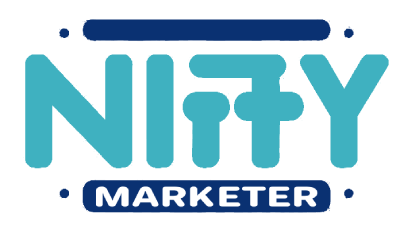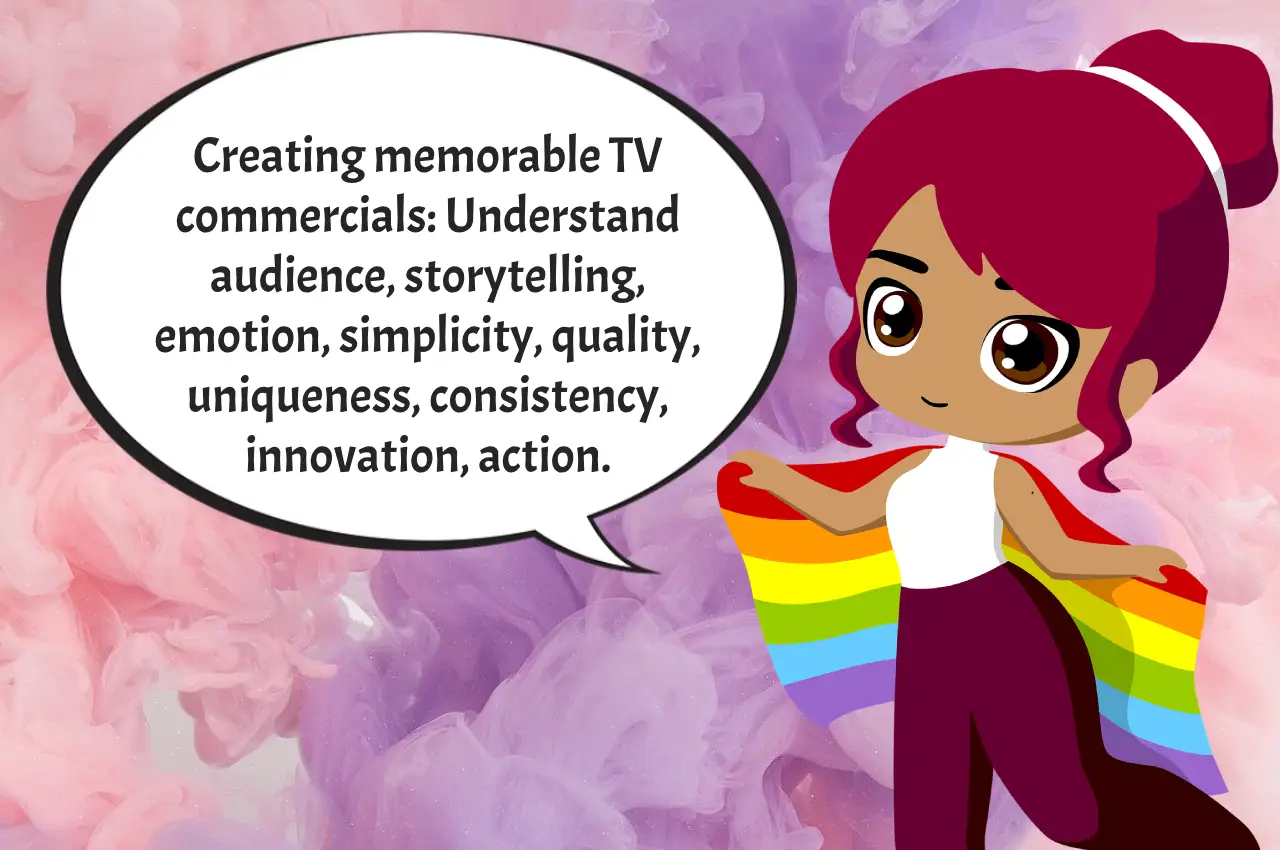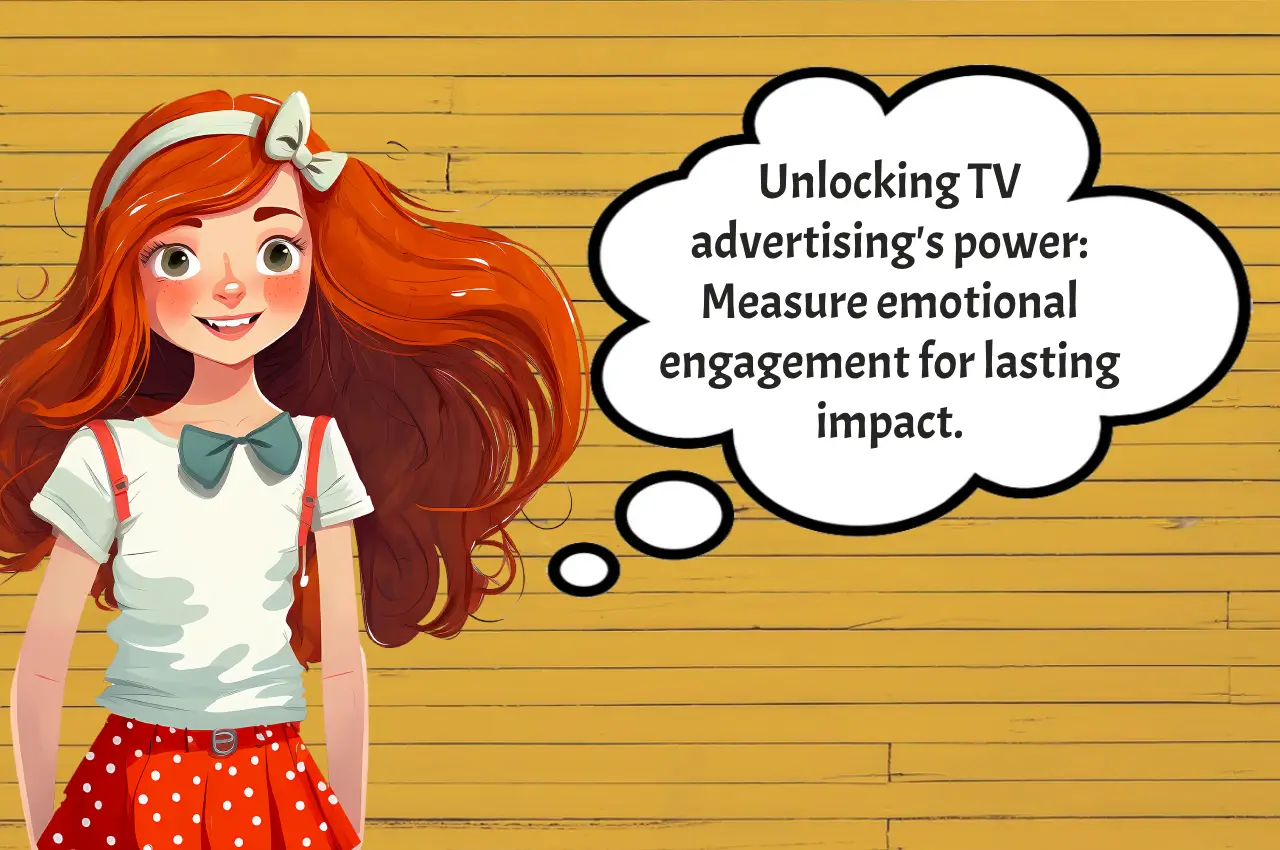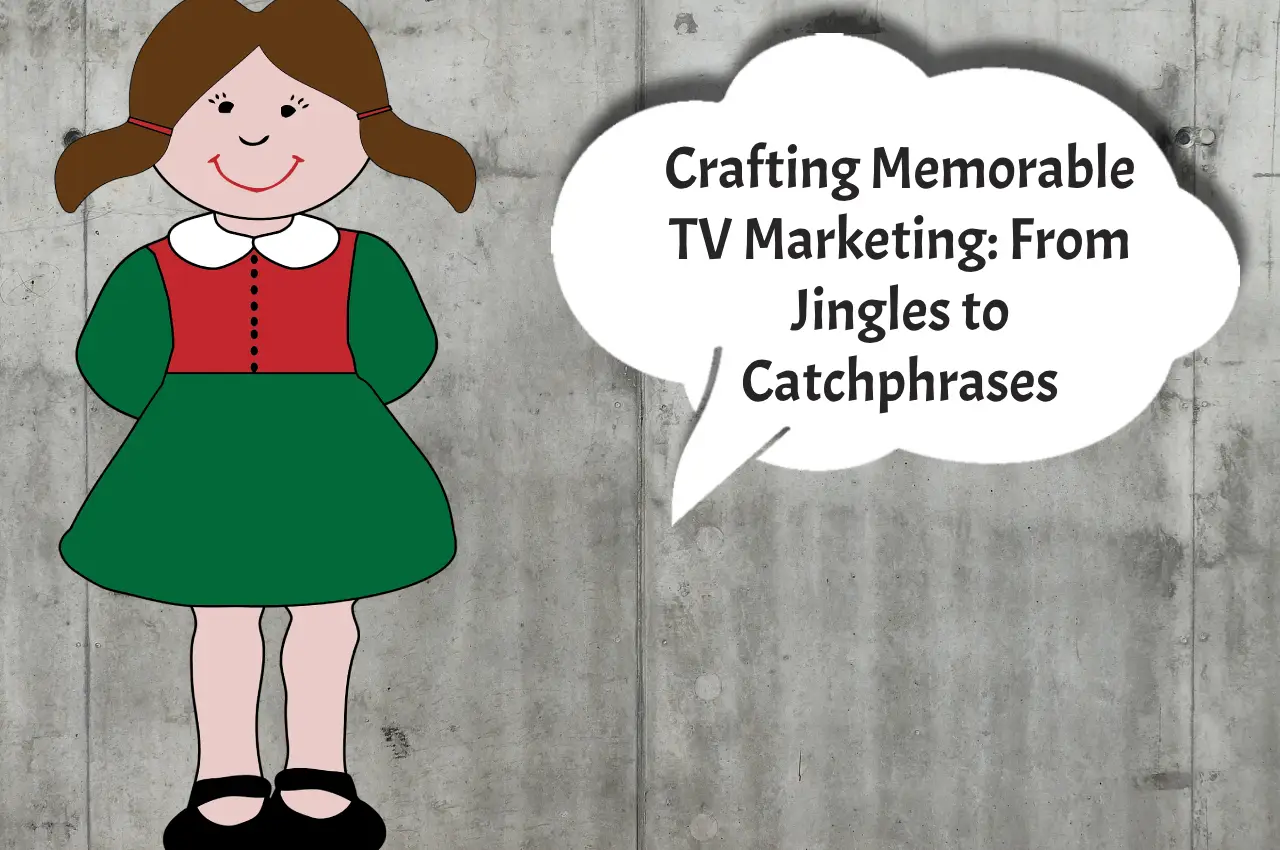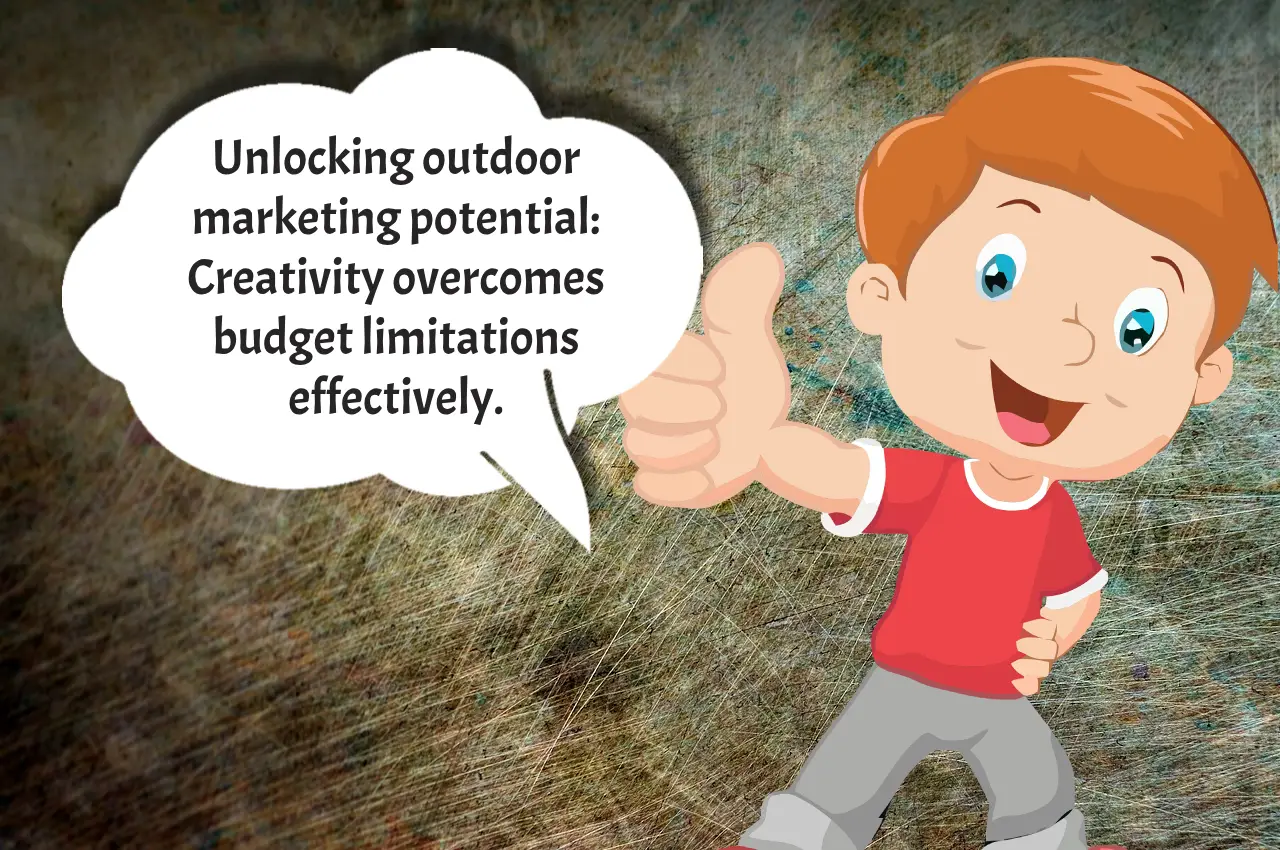In the digital age, the tangible impact of a well-designed flyer in print marketing cannot be overstated. While many businesses focus on online advertising, a compelling flyer design can grab attention and create a lasting impression. This blog post will guide you through designing effective flyers that stand out.
Understanding Your Audience
Before you start designing, know your audience. Are they young professionals or retirees? Parents or college students? Your design should resonate with the group you’re targeting. For instance, a flyer for a children’s play area would be colorful and fun, whereas one for a business conference would look sleek and professional.
Clarity in Message
Your flyer must convey its message clearly and concisely. Avoid cluttering it with too much text or images. A clear headline, a brief description, and a call to action are essential. Remember, your audience should understand the flyer’s purpose at a glance.
The Power of Visuals
Humans are visual creatures. A striking image or a unique color scheme can make your flyer stand out. Use high-quality images relevant to your message. For a gardening service, images of well-manicured gardens can speak volumes. Ensure the visuals complement the text, not overshadow it.
Color Psychology in Flyer Design
Colors influence emotions and perceptions. Blue can evoke trust and dependability, making it great for corporate flyers. In contrast, red can signify excitement, ideal for events or sales. Choose colors that align with your message and brand identity.
Typography Matters
The right font can enhance your flyer’s readability and appeal. Use a maximum of two or three font types to maintain a clean look. Ensure your font size is legible and your headline stands out. A playful event might use a fun, informal font, while a legal seminar might opt for something more traditional.
Balance and Layout
A well-balanced layout is key to an effective flyer design. Align your elements for a clean, professional look. Use white space strategically to prevent a cramped design. Ensure there is a natural flow that guides the reader through the flyer.
Size and Shape
Flyers don’t have to be the traditional A5 or letter size. Experiment with different shapes and sizes to grab attention. A circular flyer for a pizza shop or a bookmark-shaped flyer for a bookstore can be engaging and memorable.
A Personal Story
Let me share a story. A local café I frequent recently hosted a music night. Their flyer was a simple black and white design with a coffee cup transforming into a musical note. It was clever, relevant, and instantly caught my attention. The event was a hit, and the flyer played a significant role in attracting a crowd.
The Call to Action
Your flyer should have a clear, compelling call to action (CTA). Whether it’s attending an event, visiting a store, or calling for more information, make your CTA prominent and persuasive. For a pet adoption drive, a CTA like “Meet Your New Best Friend This Saturday” can be effective.
Quality of Print
The best flyer design can lose its charm with poor-quality printing. Choose a reputable printer. Consider paper quality, finishes like gloss or matte, and the durability of the flyer. Remember, the physical quality of the flyer reflects on your brand.
Testing and Feedback
Before finalizing your design, test it. Show it to colleagues, friends, or a focus group. Feedback can provide insights that you might have overlooked. Tweaking your design based on constructive feedback can enhance its effectiveness.
Distributing Your Flyer
Your distribution strategy is as important as your flyer design. Place your flyers where your target audience frequents. For a gym, local sports stores or health food cafes are ideal. Think about visibility and accessibility when choosing your distribution points.
Digital Integration
Incorporate digital elements into your flyer. QR codes can lead to your website or special offers. This integration provides a bridge between your print and digital marketing efforts.
Measuring Success
Track the effectiveness of your flyer campaign. If your flyer has a discount code or a QR code, you can easily monitor how many people it reaches and engages. Use this data to refine your future print marketing strategies.
Designing a compelling flyer involves understanding your audience, clear messaging, captivating visuals, and strategic distribution. Remember, a well-designed flyer can be a powerful tool in your marketing arsenal. Now, it’s your turn to create a flyer that captures attention and delivers results. Share your experiences, challenges, or successes in flyer design in the comments below. Let’s learn and grow together in the art of impactful print marketing!
